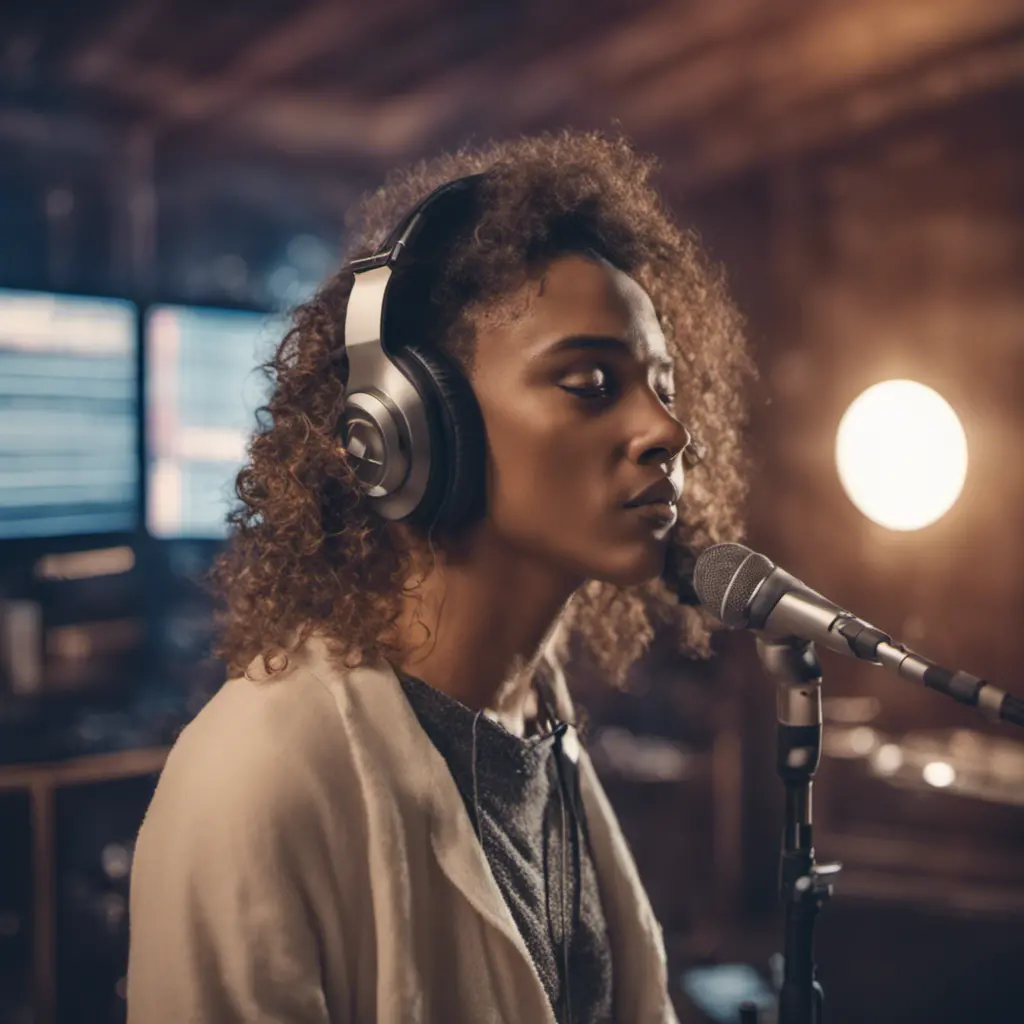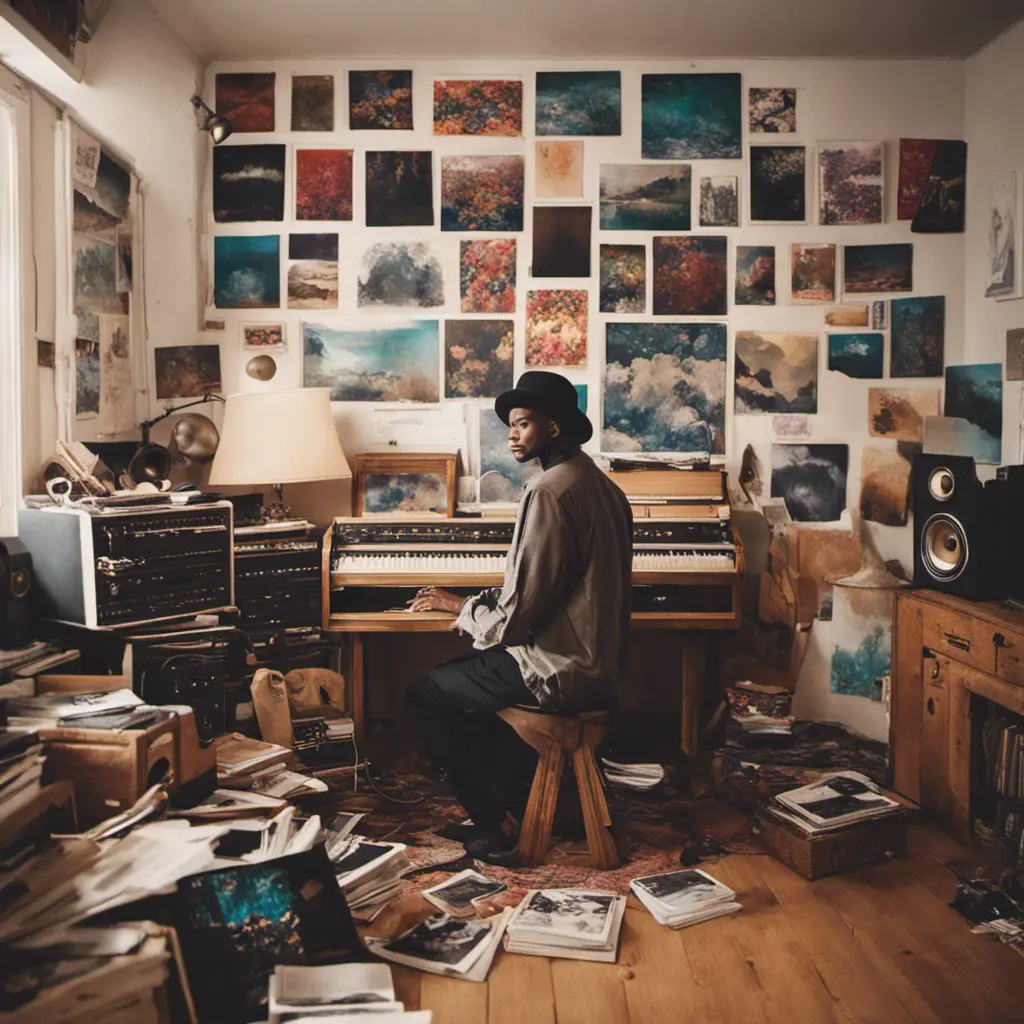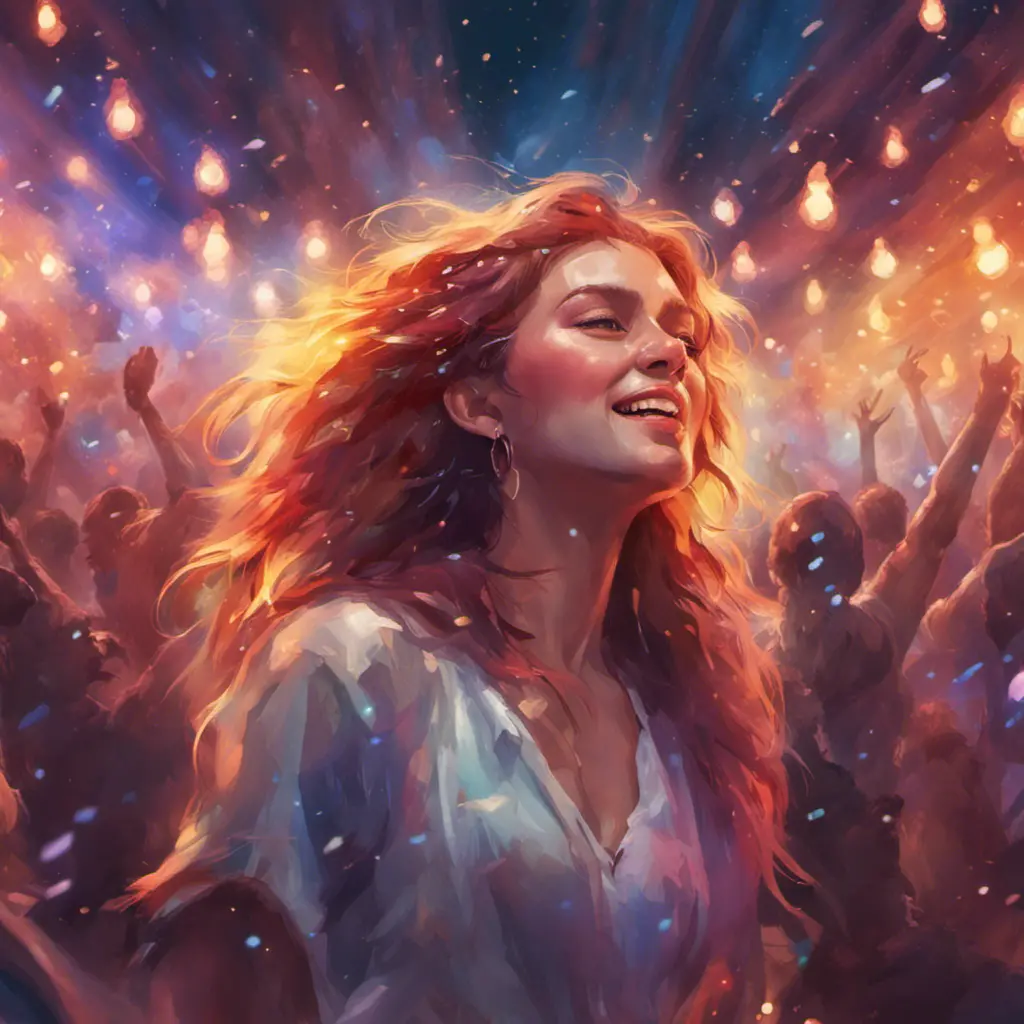Storytellers in Sound: Exploring the Art of Concept Albums in Indie Music Scene
Nowadays it seems like the concept album is a lost art. Let's discuss it's history and importance.
Have you ever heard of concept albums? Imagine immersing yourself in an ethereal world where melodies weave together to tell a compelling story. Simply put, this captivating experience is the very definition of them. But as indie music becomes more relevant, independent artists are adding concept albums to their repertoire.
Today, we'll take a melodic journey through the evolution and significance of these narrative masterpieces that have been captivating music lovers for decades. So put on your headphones and get ready to venture into the realm of indie concept albums!
Definition of Concept Albums in Indie Music: Where Music Meets Storytelling
For those who don't know, a concept album is, by definition, an album unified by a theme. They vary in style, the most common being songs with music and lyrics, but they can also be instrumental or purely lyrical. In addition to a theme, concept albums explore some sort of creative narrative that takes the listener on a musical journey. In short, concept albums are more than just collections of songs, they are masterpieces of storytelling.
Because they are crafted with care and creativity, delivering a themed and cohesive experience from start to finish, these albums hold a special place in the indie music scene. With each track flowing seamlessly into the following, concept albums immerse listeners in a musical narrative that takes them on an emotional rollercoaster.
The Rise of Concept Albums in Indie Music
Concept albums are mistakenly thought to have their roots in the 1970s but the truth is that, even in the early stages of popular music as we know it today, artists such as The Kinks, The Beatles, and The Who presented works of that kind before. Whatever the period in which they were released, these albums brought a new way to listen to music, providing a fresh, unique experience.
Early Examples and Their Impact
In the early days of indie music, visionaries began experimenting with concept albums, leaving an indelible mark on the genre. Although the album In the Aeroplane Over the Sea by Neutral Milk Hotel with its haunting tunes and deep meaning is considered to be the first indie concept album, most people argue that Ziggy Stardust (1972) by the legendary David Bowie was actually the pioneer and game changer. As you can see, indie music offered this sonic journey even before the renowned Dark Side Of The Moon.
Examples of cornerstones continue with Zen Arcade (1984) by Husker Du and later with Teenage Fanclub releasing Bandwagonesque in the early 90s. However, concept albums in the indie music scene as we know it today, might be better reflected in Transatlanticism by Death Cab for Cutie and Sufjan Stevens' ambitious Illinois, both in the mid-2000s. These pioneers paved the way for the concept album revolution in the indie landscape.
The Growing Popularity Explained
As a matter of fact, the popularity of concept albums has raised awareness recently but, why are these artistic projects becoming more relevant in the indie music scene? Well, one of the main reasons is the desire to build a cohesive piece of work through which the audience may feel connected.
Besides, artists are seeking to go beyond the music itself by creating a compelling narrative that transcends the songs, resulting in an innovative experience that interweaves tracks rather than presenting a simple tracklist.
Finally, another relevant aspect relies on the artists’ intention to explore profound and more complex themes that might address the listener’s feelings. Unlike traditional albums, concept albums are intended to offer the audience a creative alternative to listening to albums as a complete artwork that works and makes sense when listened to as a whole.

How Indie Concept Albums Differ From Mainstream
In recent years, the world of indie concept albums has thrived and flourished, distinguishing itself from its mainstream counterparts in several ways. Some of the most notable differences lie in the commercial appeal of these albums, their production quality, and the thematic explorations within them.
While mainstream concept albums often enjoy extensive promotion and wide distribution, indie concept albums may not receive the same level of commercial viability. That's because conventional albums are designed to be successful both in terms of audience appeal and economic return. On the other hand, indie artists work with smaller budgets and fewer resources. As a result, their albums may not reach as wide audiences as their traditional counterparts. Although this may sound like a turn-off, and to a certain degree it does, this is also part of the charm of indie concept albums.
As mentioned above, indie music is closer to a DIY approach, so artists tend to embrace a more raw sound. As a result, these albums may lack the polished sheen typically found in mainstream productions. This divergence stems from a combination of limited financial resources and a conscious decision to prioritize authenticity over slickness. The goal of indie musicians is the pursuit of artistic honesty, which takes precedence over conforming to commercial standards.
Lastly, a defining characteristic of indie concept albums is the depth of personal storytelling that permeates their narratives. As indie artists retain greater freedom and creative control over their work, they become more willing to take risks and delve into more experimental subject matter. Contrary to mainstream concept albums, which follow a methodical approach and often touch on relatable issues, indie artists embrace vulnerability and authenticity in their songwriting, resulting in emotionally charged and deeply introspective trips for their listeners.
The Role of Music Production and Arrangement: Weaving Melodic Landscapes
When it comes to concept albums, the production plays a key role not only in immersing the listeners in the narrative but also in creating atmospheric musical landscapes to convey the intended message. By adding layers of instruments, playing with silence and chaos, and manipulating soundscapes, musicians contribute to the enchanting and haunting experience of the project.
In addition, the topic of the album may have a greater impact when harmonized with its sound. It is at this point that music production gains importance to match the sonic characteristics with the theme. Sound effects are crucial to evoke emotions and meanings, in the case of indie concept albums they may include dreamy, atmospheric, delay-driven melodies to express haunting narratives, or even raw, aggressive distortion to depict a turbulent journey.
When talking about indie music, there can never be a lack of room for experimentation. Independent artists are not afraid to use unconventional mixing techniques to enhance the message they want to convey on their albums. From samples of falling water drops to inverted sounds or unconventional instrument combinations, innovation breathes new life into these musical tales.

Concept Albums and Visual Arts: A Feast for The Senses
Indie concept albums rely heavily on the harmonious convergence of music and visual art. Meticulously crafted album artwork and mesmerizing music videos add an extra layer of depth to the musical narrative, taking the listener on a magnificent sensory journey.
A prime example of this is Janelle Monáe's album The ArchAndroid. The striking cover depicts the artist in a futuristic ensemble, setting the tone for the album's sci-fi narrative. With each track, Monáe weaves an intriguing story about an android, Cindi Mayweather, and explores themes of identity and rebellion against societal norms. The accompanying music videos bring this vivid narrative to life, transporting viewers into a world where music and visuals create an unforgettable experience.
Another brilliant example is The Decemberists' indie concept album The Hazards of Love. Working with illustrator Carson Ellis, the album's artwork fleshes out the dark and enchanting tale of Margaret and William, two star-crossed lovers entwined in a mystical forest. The combination of Ellis' evocative art and the band's melodic storytelling transports listeners into a hauntingly beautiful realm of folklore and fantasy.
As you can see, the seamless fusion of music and visual art takes storytelling to new heights, inviting fans on an immersive, multi-dimensional journey where creativity has no limits.
Blog Article Tags
differences mainstream appeal production popularity themesMore Articles
Where To Find Good Indie Music - If you're a long time fan or first time listener of Indie music, we'll show you the best methods for discovering the music you love.
Gospel vs Secular Music & What's The Difference - We explore the long standing differences within the gospel & secular music scene.
Why Indie Music Is the Best - My pros and cons on why indie music is the best for your expression & creativity.
The Origin and Evolution of Hip-hop Dance Styles - The evolution of Hip Hop's influence on it's dance styles and it's dance origins.
The Impact of Hip-hop on Language and Slang - Let's explore the extensive impact of Hip Hop has on everyday language & slang.


